Doctors and cures in the Romanian territories
Romanian history is rich in interesting stories about doctors and their cures back in the day

România Internațional, 25.12.2021, 14:08
The history of mankind abounds in heroic stories featuring doctors, medicines and cures. Doctors have always been among the most sought-after knowledgeable people because they knew how to drive away pain, improve the condition of the suffering and even save lives. In the Romanian space before the 19th century, when modern medicine emerged, many doctors and medicines that the elites needed could be found at the princely courts. The lower classes would ease their suffering using traditional and empirical recipes as they were not so much connected to the latest in the field.
Doctors have been valuable resources for historians to reconstruct the material and mental universe of the time. They left written documents such as travel notes, correspondence and prescriptions from which we learn about diseases, about attitudes towards diseases, epidemics, perceptions, mentalities. The doctors coming to the Romanian Principalities were Westerners seeking to practice their profession in the Ottoman Empire and who would get to activate also in the Romanian space within the Eastern and Levantine cultural area. But doctors didn’t just come from the West. Along with the French, Italians, Germans, there were also Jews and Greeks who would come at the courts of the princes of Wallachia and Moldavia and leave once the prince was removed from power.
Constanța Vintilă-Ghițulescu is one of the five authors of the volume Luxury, fashion and other political trifles in South-Eastern Europe in the XVI-XIX centuries which also includes stories about doctors and medicines that people would resort to back then. In Transylvania, which was in the sphere of influence of Western culture, there had been pharmacies since the end of the 15th century. The big cities of Cluj, Sibiu, Brașov would prepare prescriptions using substances imported in part from the Ottoman Empire. Maria Pakucs-Willcocks wrote about an inventory of medicine stocks in Sibiu from 1531 and from her study we find out that the medicines were sold by the same merchants who brought dyes and poisons.
Constanța Vintilă-Ghițulescu: Several lists of pharmaceutical products and their properties, often printed under the title Materia medica, are kept in Sibiu’s archives. This shows a growing trend in the circulation of medicinal products and various chemical or pharmaceutical compounds. There are a number of dyes, mineral and chemical ingredients in these lists that were brought from the Ottoman Empire and recorded in customs and tariff registers. What does this mean? An obvious interest at community level in therapies and healing.
The doctors at the courts of the 18th century Phanariot princes were a case study for Constanța Vintilă-Ghițulescu. The book recalls a certain Giacomo Pilarino who was a physician at the court of the Ruler of Wallachia Constantin Brancoveanu (1688-1714) and, before getting to Bucharest, he had stayed a while at the Russian Tsar’s court. During his stay in the Ottoman Empire he wrote down important observations about the outbreak and spread of smallpox.
Constanța Vintilă-Ghițulescu also speaks of the French doctor Exupere-Joseph Bertin and the Italian Giuseppe Antonio Pisani. The Italian came in 1751 to Iasi, at the princely court of Constantin Racovita, to treat his wife, Sultana Racovita. The woman died in 1753, and Pisani was accused of what we call today malpractice. He was accused of prescribing the wrong treatment and was sent to jail. In fact, the doctor was also a diplomat and he fell victim to the many plots and rivalries at the court. Nobody knows for sure what happened to him in the end, although the French Ambassador to Constantinople offered to take him to his service in order to save him.
Constanța Vintilă-Ghițulescu reconstructed the route of another Italian doctor who stayed longer in the Romanian Principalities: Niccolo Ramelli, who became Niculae, Neculae and Neculai Ramelli. He enjoyed great respect among Moldavians thanks to his work. In 1804, a group of people from Chisinau sent him a thank-you letter that read: For the time he lived here in Chisinau, taking care of the sick, he was very worthy. And to show him our content, we write this testimony.
I stopped, in my research, on Niccolo Ramelli. He practiced medicine in Bessarabia and later in Moldavia, between 1790-1819. In a letter I used in my analysis, sent by a certain Lupe, Dr. Ramelli is asked for a cure for constipation. The contracts with the inhabitants of Bacău or with various boyars for various medical treatments, with in-laws, brothers-in-law, metropolitans helped me to rebuild the daily life of this doctor, who died in 1819 somewhere on the Moldavian land.
Doctors and their stories as well as the circulation of substances and medicines in the pre-modern Romanian space are evidence that people of the past were interested in improving their lives. And there are still many interesting stories waiting to be discovered and told. (MI)






























